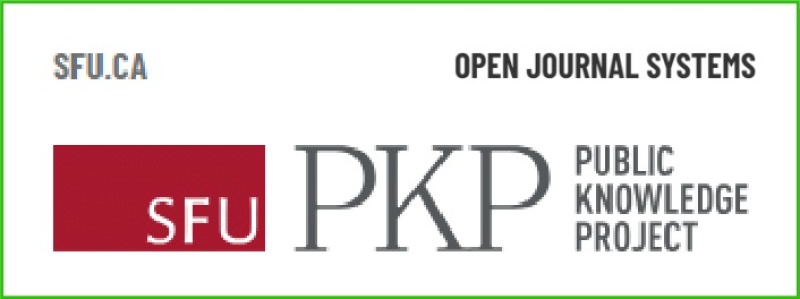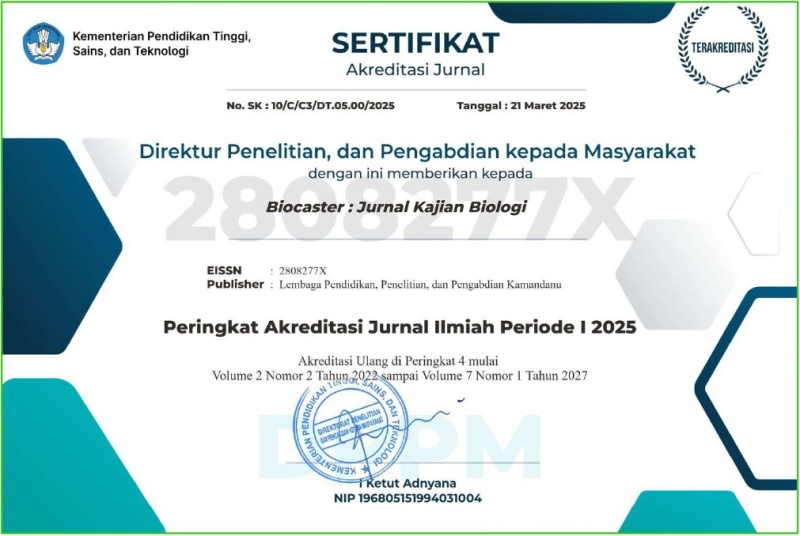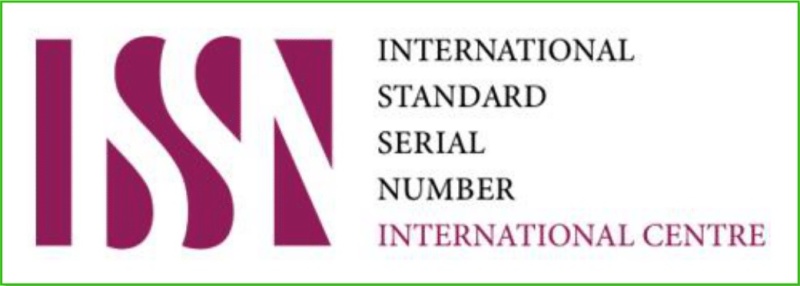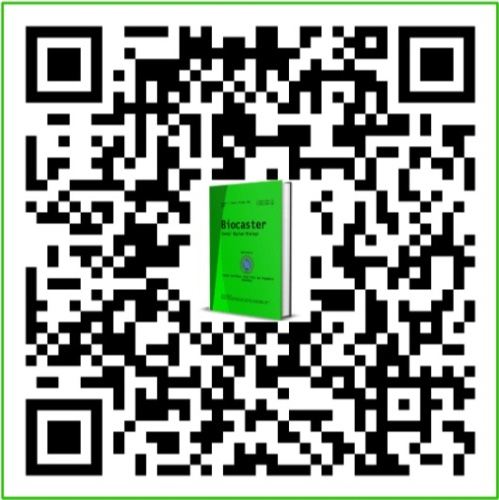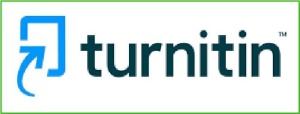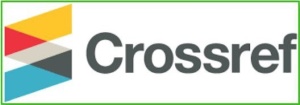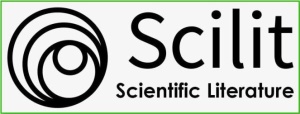A Conjoint Analysis of Student Preferences for Teaching and Learning Process
DOI:
https://doi.org/10.36312/biocaster.v4i3.303Keywords:
Student Preferences, Teaching and Learning, Transparently and Accontable Assessment.Abstract
Assessments carried out by education quality monitoring institutions often ignore student assessments, the results of which are not relevant to what students need. Therefore, the assessment of the teaching and learning process must be carried out transparently and accountable by involving students in the assessment of teaching and learning process. Actions like this are nothing more than an effort to adapt the teaching and learning process to student needs. This descriptive research aims to explain students' preferences for the quality of teaching and learning. A total of 65 prospective biology teachers were respondents, consisting of 17 students in 1st semester, 23 (3rd semester), 7 (5th semester), and 18 (7th semester). From the results obtained, our respondents consider that increasing competence is the most essential attribute or factor related to the teaching and learning process, with an important value percentage of 21.931. Then, teaching organizations (19.901) and learning opportunities (19.662). We use this information regarding student preferences as a guide to improving the teaching and learning process in the future while still correcting several existing deficiencies, such as involving active student participation and providing maximum academic assistance, as well as allowing students to develop their thinking abilities.
Downloads
References
Adams, F., Quainoo, E., & Opoku, E. (2022). What Makes Quality Teaching? Review of Related Literature, 10(2), 409-413. https://doi.org/10.5281/zenodo.6602052
Ali, H., & Mohd Dodeen, H. (2021). An Adaptation of the Course Experience Questionnaire to the Arab Learning Context. Assessment & Evaluation in Higher Education, 46(7), 1104-1114. https://doi.org/10.1080/02602938.2020.1841733
Ali, M. S., & Jalal, H. (2018). Higher Education as a Predictor of Employment: The World of Work Perspective. Bulletin of Education and Research, 40(2), 79-90.
Andrade, M. S. (2020). Cross-Cutting Skills: Strategies for Teaching & Learning. Higher Education Pedagogies, 5(1), 165-181. https://doi.org/10.1080/23752696.2020.1810096
Andrews, T. C., Auerbach, A. J. J., & Grant, E. F. (2019). Exploring the Relationship between Teacher Knowledge and Active-Learning Implementation in Large College Biology Courses. CBE Life Sciences Education, 18(4), 0010. https://doi.org/10.1187/cbe.19-01-0010
Assaad, R., Krafft, C., & Salehi-Isfahani, D. (2018). Does the Type of Higher Education Affect Labor Market Outcomes? Evidence from Egypt and Jordan. Higher Education, 75(6), 945-995.
Austin, O. O. (2014). Perceived Impact of Classroom Management on Effective Teaching: A Study of Five Schools in Education District 11, Lagos State, Nigeria. European Scientific Institute, 10(22), 309-320. https://doi.org/10.19044/esj.2014.v10n22p%p
Battista, S., Furri, L., Pellegrini, V., Giardulli, B., Coppola, I., Testa, M., & Dell’Isola, A. (2023). Which Lecturers’ Characteristics Facilitate the Learning Process? A Qualitative Study on Students’ Perceptions in the Rehabilitation Sciences. BMC Medical Education, 23(1), 431-440. https://doi.org/10.1186/s12909-023-04308-y
Chalmers, D., & Gardiner, D. (2015). The Measurement and Impact of University Teacher Development Programs. Educar, 51(1), 53-80. https://doi.org/10.5565/rev/educar.655
Dečman, M. (2020). Factors that Increase Active Participation by Higher Education Students, and Predict the Acceptance and Use of Classroom Response Systems. International Journal of Higher Education, 9(4), 84-98. https://doi.org/10.5430/ijhe.v9n4p84
Dewi, I. N., & Safnowandi, S. (2020). The Combination of Small Group Discussion and ARCS (MODis-ARCS Strategy) to Improve Students’ Verbal Communication Skill and Learning Outcomes. Prisma Sains: Jurnal Pengkajian Ilmu dan Pembelajaran Matematika dan IPA IKIP Mataram, 8(1), 25-36. https://doi.org/10.33394/j-ps.v8i1.2478
Diteeyont, W., & Heng-Yu, K. (2023). Competency Levels and Influential Factors of College Students’ Mobile Learning Readiness in Thailand. Smart Learning Environments, 10(1), 1-10. https://doi.org/10.1186/s40561-023-00266-6
Haidar, F. T. (2021). The Applicability of the Course Experience Questionnaire in Accounting Education in Saudi Arabia. Journal of Accounting Finance and Auditing Studies (JAFAS), 7(3), 184-207. https://doi.org/10.32602/jafas.2021.025
Hajian, S. (2019). Transfer of Learning and Teaching: A Review of Transfer Theories and Effective Instructional Practices. IAFOR: Journal of Education, 7(1), 93-111.
Handoyo, B. R. M., & Bayunitri, B. I. (2021). The Influence of Internal Audit and Internal Control Toward Fraud Prevention. International Journal of Financial, Accounting, and Management (IJFAM), 3(1), 45-64. https://doi.org/10.35912/ijfam.v3i1.181
Hixon, E., Barczyk, C., Ralston-Berg, P., & Buckenmeyer, J. (2016). The Impact of Previous Online Course Experience on Students’ Perceptions of Quality. Online Learning, 20(1), 25-40. https://doi.org/10.24059/olj.v20i1.565
Jasiyah, R., Rumahlewang, E., Mundung, B. I., Sairdama, S. S., & Saputra, N. (2024). Learning Management System Difficulties during the Learning Process in Higher Education. Journal for Lesson and Learning Studies, 7(1), 1-12. https://doi.org/10.23887/jlls.v7i1.68665
Jirout, J. J. (2020). Supporting Early Scientific Thinking Through Curiosity. Front Psychol, 5(11), 1717. https://doi.org/10.3389/fpsyg.2020.01717
Jouti, H. T. (2020). Effective Classroom Management Styles and Teaching Methods and Their Rapport with Students Motivation and Achievement: Moroccan High School Classrooms as a Case Study. Revue Internationale Du Chercheur (Revue Française), 1(1), 243-268. https://doi.org/10.5281/zenodo. 3956178
Kalin, J., Peklaj, C., Pečjak, S., Puklek Levpušček, M., & Valenčič Zuljan, M. (2017). Elementary and Secondary School Students’ Perceptions of Teachers’ Classroom Management Competencies. Center for Educational Policy Studies Journal, 7(4), 37-62. https://doi.org/10.26529/cepsj.363
Kaminske, A. N., Kuepper-Tetzel, C. E., Nebel, C. L., Sumeracki, M. A., & Ryan, S. P. (2020). Transfer: A Review for Biology and the Life Sciences. CBE Life Sci Educ., 19(3), es9. https://doi.org/10.1187/cbe.19-11-0227
Kaur, S., Singh, G., & Garg, A. (2022). Evaluating the Relationship between the Course Experience Questionnaire and Student Satisfaction: A Case from India. Journal of Public Affairs, 22(3), 1-10. https://doi.org/10.1002/pa.2471
Lubis, A. S., & Aryansah, J. E. (2023). The Quality of Education in 50 Countries Reviewed from Sustainable Development Goals: Systematic Literature Review. Jurnal Natapraja: Kajian Ilmu Administrasi Negara, 11(2), 185-195. https://doi.org/10.21831/natapraja.v11i2.67156
Mah, D. K., & Ifenthaler, D. (2018). Students’ Perceptions Toward Academic Competencies: The Case of German First-Year Students. Issues in Educational Research, 28(1) 120-137.
Malay, J., Kassab, S. E., Merghani, T. H., Rathan, R., & Sreejith, A. (2022). Faculty and Students’ Perceptions about Online Teaching Styles of Faculty in Large Group Lectures. Advances in Medical Education and Practice, 13, 1261-1266. https://doi.org/10.2147/AMEP.S377351
Martens, S. E., Spruijt, A., Wolfhagen, I. H. A. P., Whittingham, J. R. D., & Dolmans, D. H. J. M. (2019). A Students’ Take on Student–Staff Partnerships: Experiences and Preferences. Assessment & Evaluation in Higher Education, 44(6), 910-919. https://doi.org/10.1080/02602938.2018.1546374
Moorhouse, B. L. (2018). Standardized Homework Practices and Teacher Autonomy: Experiences of Primary English Language Teachers in Hong Kong. The Asia-Pacific Education Researcher, 27(5), 345-354. https://doi.org/10.1007/s40299-018-0391-4
Nurhijjah, N. (2019). Classroom Management Used by English Teachers’ in Teaching English at SMA N 1 Bantaeng (A Descriptive Research). A Thesis. Muhammadiyah University of Makassar.
Okwuduba, E. N., Abd Rauf, R. A., Zulnaidi, H., & Nwosu, K. C. (2022). Contribution of Perceived Faculty Caring (FC) and Student Engagement (SE) to Life Long Learning (LLL) of Post-Secondary Remediated (PSR) Science Students. Heliyon, 8(9), e10546. https://doi.org/10.1016/j.heliyon.2022.e10546
Ovid, D., Rice, M. M., Luna, J. V., Tabayoyong, K., Lajevardi, P., & Tanner, K. D. (2021). Investigating Student Perceptions of Instructor Talk: Alignment with Researchers’ Categorizations and Analysis of Remembered Language. CBE Life Sciences Education, 20(4), ar61. https://doi.org/10.1187/cbe.21-06-0153
Patfield, S., Gore, J., Prieto, E., Fray, L., & Sincock, K. (2022). Towards Quality Teaching in Higher Education: Pedagogy-Focused Academic Development for Enhancing Practice. International Journal for Academic Development, 1-16. https://doi.org/10.1080/1360144X.2022.2103561
Richardson, J. T. E., Slater, J. B., & Wilson, J. (2007). The National Student Survey: Development, Findings and Implications. Studies in Higher Education, 32(5), 557-580. https://doi.org/10.1080/03075070701573757
Rugambuka, I. B., & Mazzuki, B. D. (2023). University Student-Teachers’ Diversity and Attitudes Toward Classroom Participation. Heliyon, 9(6), e16364. https://doi.org/10.1016/j.heliyon.2023.e16364
Saba, J., Hel-Or, H., & Levy, S. T. (2023). Promoting Learning Transfer in Science Through a Complexity Approach and Computational Modeling. Instructional Science, 51(3), 475-507. https://doi.org/10.1007/s11251-023-09624-w
Saggaf, M. S., Salam, R., & Rifka, R. (2017). The Effect of Classroom Management on Student Learning Outcomes. The 1st International Conference on Education, Science, Art and Technology (The 1st ICESAT) (pp. 98-102). Makassar, Indonesia: Universitas Negeri Makassar.
Shoair, O. A., Smith, W. J., Abdel Aziz, M. H., Veronin, M. A., Glavy, J. S., & Pirtle, S. J. (2023). Pharmacy Students’ Perceptions and Attitudes Toward Face-to-Face Vs. Virtual Team-Based Learning (TBL) in the Didactic Curriculum: A Mixed-Methods Study. Medical Education Online, 28(1), 2226851. https://doi.org/10.1080/10872981.2023.2226851
Siedlecki, S. (2020). Understanding Descriptive Research Designs and Methods. Clinical Nurse Specialist CNS, 34(1), 8-12. https://doi.org/10.1097/NUR.0000000000000493
Tan, S., Mansi, A., & Furnham, A. (2018). Students’ Preferences for Lecturers’ Personalities. Journal of Further and Higher Education, 42(3), 429-438. https://doi.org/10.1080/0309877X.2017.1301406
Tas, Y., Sungur, S., & Oztekin, C. (2016). Development and Validation of Science Homework Scale for Middle-School Students. International Journal of Science and Mathematics Education, 14(3), 417-444. https://doi.org/10.1007/s10763-014-9582-5
Thien, L. M., & Ong, M. Y. (2016). The Applicability of Course Experience Questionnaire for a Malaysian University Context. Quality Assurance in Education, 24(1), 41-55. https://doi.org/10.1108/QAE-08-2014-0041
Trinidad, J. E. (2019). Understanding Student-Centred Learning in Higher Education: Students’ and Teachers’ Perceptions, Challenges, and Cognitive Gaps. Journal of Further and Higher Education, 44(2), 1-11. https://doi.org/10.1080/0309877X.2019.1636214
Wettstein, A., Ramseier, E., & Scherzinger, M. (2021). Class and Subject Teachers’ Self-Efficacy and Emotional Stability and Students’ Perceptions of the Teacher-Student Relationship, Classroom Management, and Classroom Disruptions. BMC Psychology, 9(1), 103-112. https://doi.org/10.1186/s40359-021-00606-6
Wittek, L. (2014). Quality Teaching and Learning as Practice within Different Disciplinary Discourses. International Journal of Teaching and Learning in Higher Education, 25(3), 275-287.
Yew, E. H. J., & Yong, J. J. Y. (2014). Student Perceptions of Facilitators’ Social Congruence, Use of Expertise and Cognitive Congruence in Problem-Based Learning. Instructional Science, 42(5), 795-815. https://doi.org/10.1007/s11251-013-9306-1
Yin, H., Lu, G., & Wang, W. (2014). Unmasking the Teaching Quality of Higher Education: Students’ Course Experience and Approaches to Learning in China. Assessment & Evaluation in Higher Education, 39(8), 949-970. https://doi.org/10.1080/02602938.2014.880107.
Yin, H., & Wang, W. (2015). Assessing and Improving the Quality of Undergraduate Teaching in China: The Course Experience Questionnaire. Assessment & Evaluation in Higher Education, 40(8), 1032-1049. https://doi.org/10.1080/02602938.2014.963837.
Yin, H., Wang, W., & Han, J. (2016). Chinese Undergraduates’ Perceptions of Teaching Quality and the Effects on Approaches to Studying and Course Satisfaction. Higher Education, 71(1), 39-57. https://doi.org/10.1007/s10734-015-9887-5
Yocarini, I. E., Bouwmeester, S., Smeets, G., & Arends, L. R. (2020). Allowing Course Compensation in Higher Education: A Latent Class Regression Analysis to Evaluate Performance on a Follow-Up Course. Assessment & Evaluation in Higher Education, 45(5), 728-740. https://doi.org/10.1080/02602938.2019.1693494
Young, S., Young, H., & Cartwright, A. (2020). Does Lecture Format Matter? Exploring Student Preferences in Higher Education. Journal of Perspectives in Applied Academic Practice, 8(1), 30-40. https://doi.org/10.14297/jpaap.v8i1.406

Downloads
Published
How to Cite
Issue
Section
License
Copyright (c) 2024 Septiana Dwi Utami, Masiah, Laras Firdaus, Sri Nopita Primawati, & Ida Royani

This work is licensed under a Creative Commons Attribution-ShareAlike 4.0 International License.
-
Attribution — You must give appropriate credit, provide a link to the license, and indicate if changes were made. You may do so in any reasonable manner, but not in any way that suggests the licensor endorses you or your use.
-
ShareAlike — If you remix, transform, or build upon the material, you must distribute your contributions under the same license as the original.

